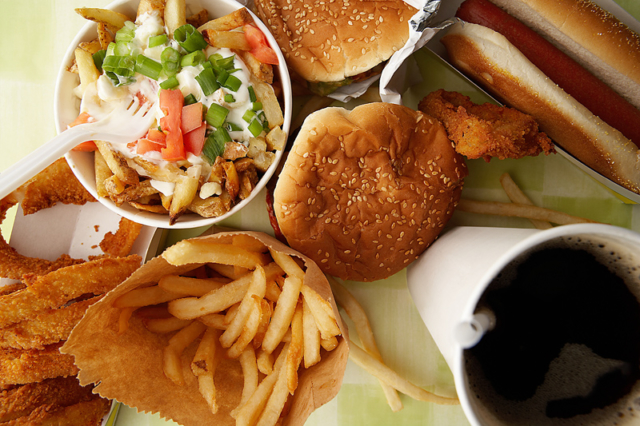Americans spend more than $683 billion dining out every year. For those on a budget, a meal out often means fast food. However, a new report shows even price-conscious diners increasingly care about taste — and the sales reflect this trend.
CCTV’s Karina Huber has this story.

When it comes to fast food, big isn’t better. The world’s largest fast food brands just got failing marks from consumers.
More than 30,000 subscribers of Consumer Reports ranked McDonald’s hamburger as the worst. Taco Bell got worst burrito and KFC was named as the worst chicken.
“When you go to McDonald’s or Burger King what you’re doing is primarily getting frozen beef patties that have been precooked and then reheated in a microwave and then thrown on a bun to you,” said Scott Rothbort, President of Lakeview Asset Management.
Despite the sluggish economy, middle-class Americans have become pickier about their food even if it costs them a bit more, Rothbort said. And there’s no shortage of competitors that can provide those options.
Fast casual restaurants like Chipotle and Panera are relatively new entrants into the dining scene, yet their popularity is growing rapidly. U.S. sales in fast casual grew by 11 percent last year, according to a report.
“They’re providing you an atmosphere,” he said. “They’re providing you with higher quality food and they’re providing you with better service. So you put all that together and it’s worth spending a couple extra dollars.”
By comparison, McDonald’s U.S. same store sales fell 0.2 percent last year.
“McDonalds it still the largest seller of hamburgers, and I think that’s going to stay for a long time. But their growth in the U.S. has been disappointing,” said Efraim Levy, an analyst for S&P Capital IQ.
He believes the U.S. market is saturated for fast food chains like McDonalds. That’s why McDonalds and Yum Brands — the parent company of Taco Bell and KFC — are eyeing Asia for growth. Earlier this year, McDonald’s said it would add 300 locations in China during 2014. More than half of Yum’s sales come from China.
“These companies are doing really well internationally,” he said. “China’s been a growth market. The sheer size means they’re going to grow for a long time.”
They can only hope that their food continues to look appetizing to Asian diners for a long time. Otherwise, they’ll have to take a bite out of another untapped market.
 CGTN America
CGTN America
